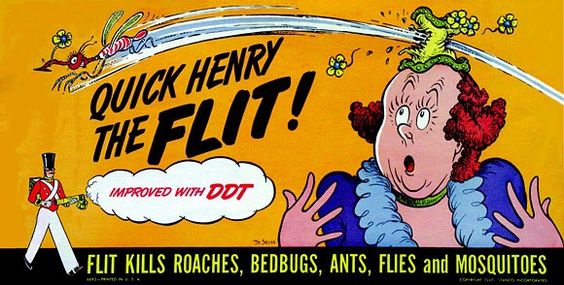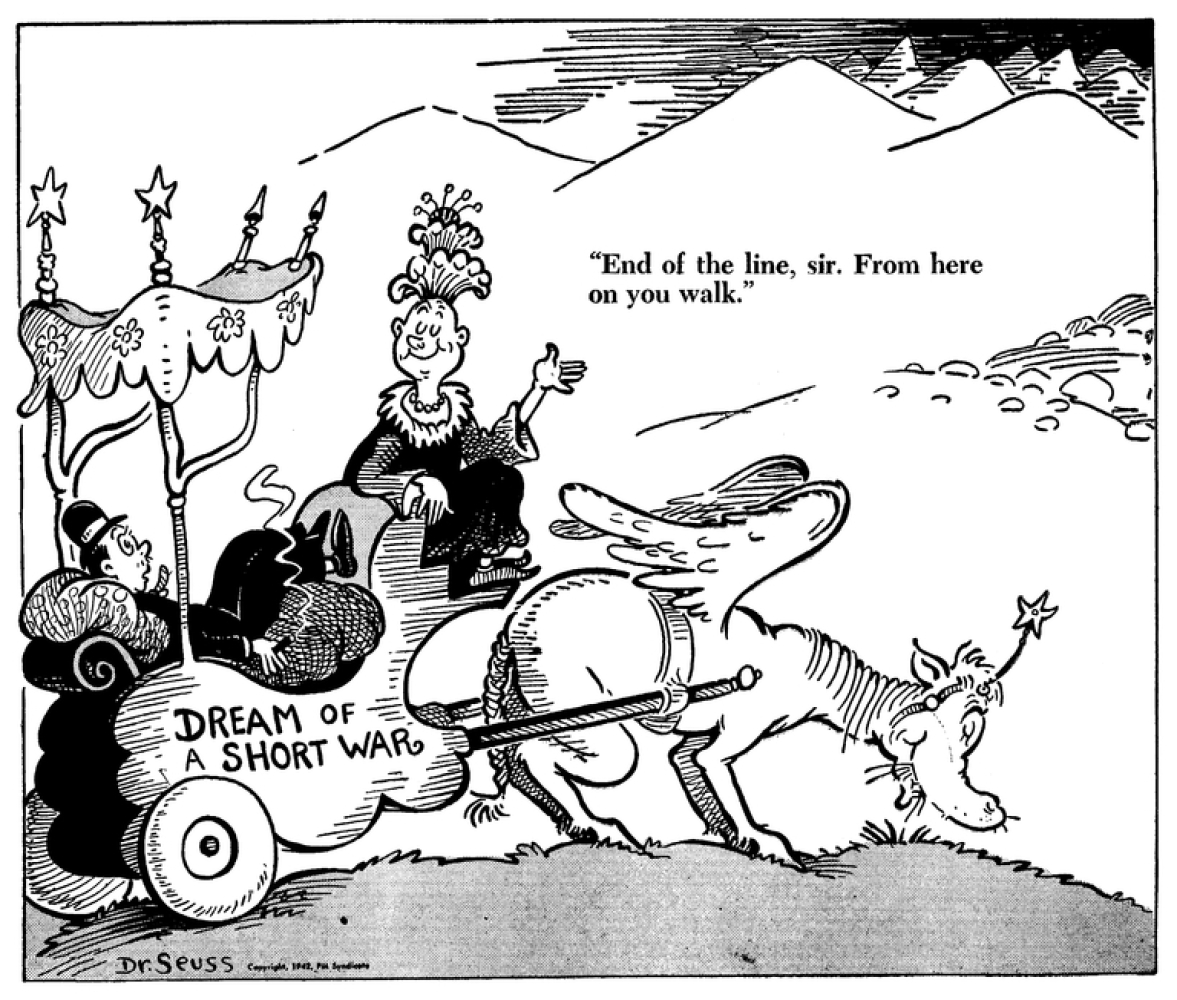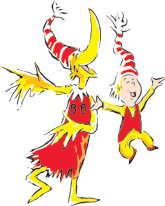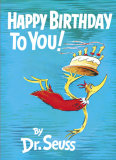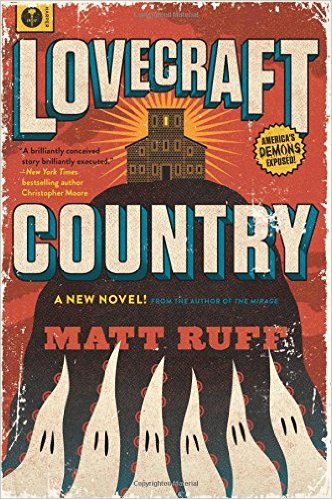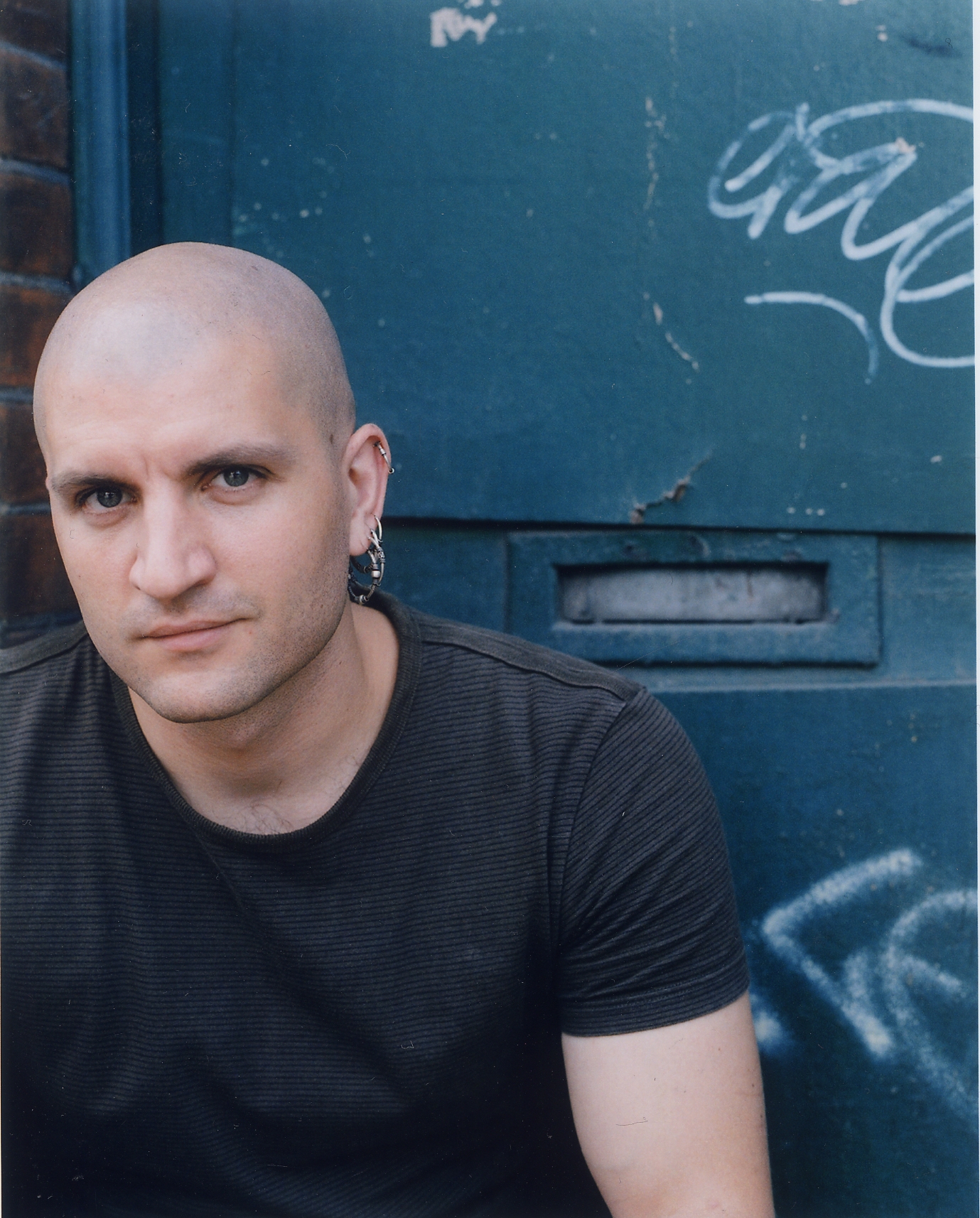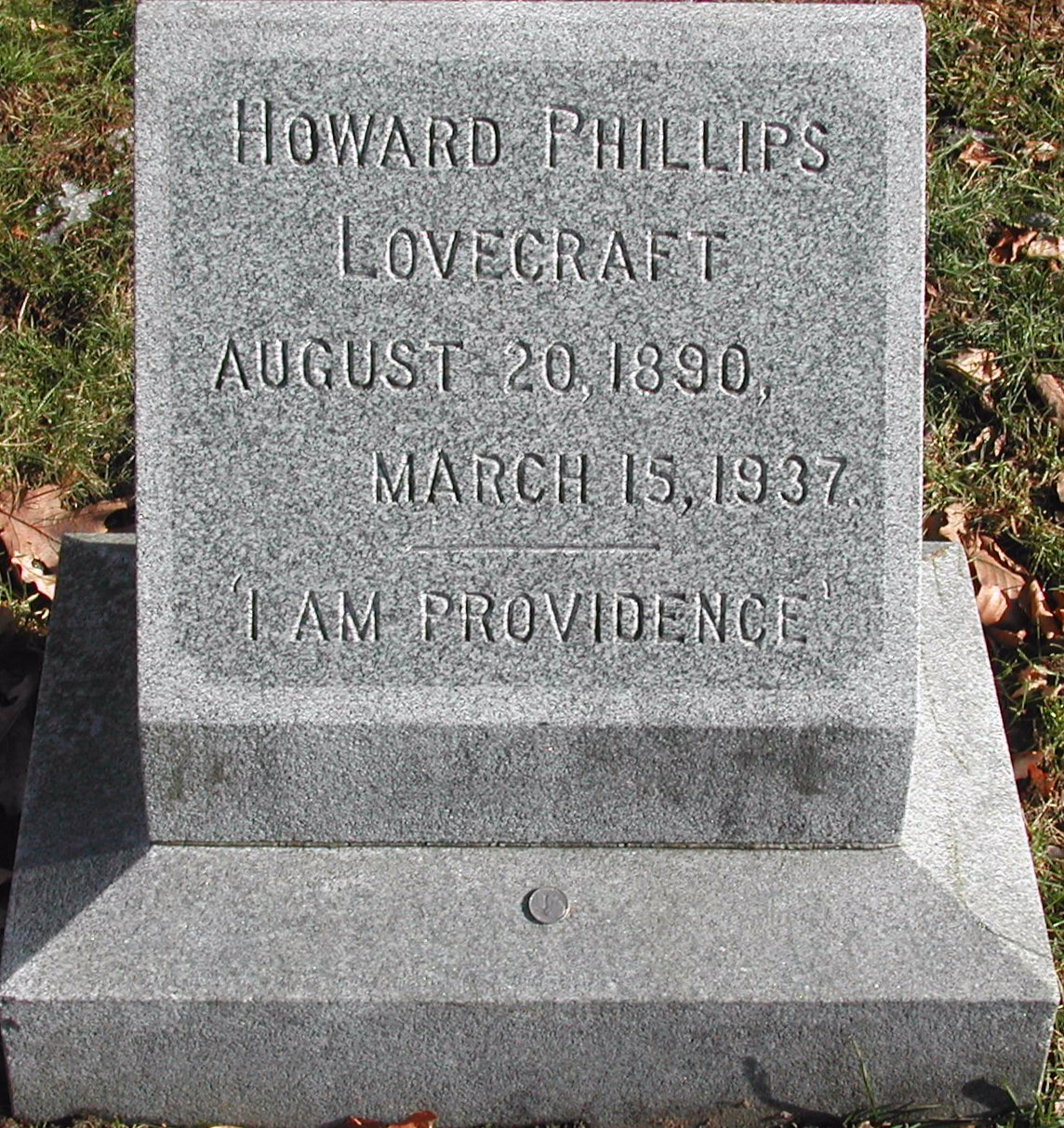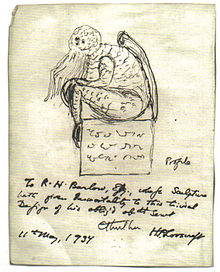
When I am not hanging out behind the circulation desk at the Library and oogling all the books, I teach history at A Nearby University. This summer, I get to teach a course on the History of the British Empire, which is a favorite area of mine to study, and therefore, makes for a really fun class to teach.
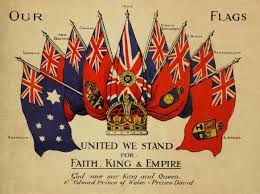 Over the course of the semester, I’ve come to a few realizations…first, I know a ridiculous amount of information on the history of the British Empire that will probably never prove useful outside the classroom (unless Alex Trebek returns my phone calls…). Secondly, because my students really enjoy learning through fiction, I’ve been discovering a wealth of new and classic stories from around the British Empire that I though might be fun to share with you.
Over the course of the semester, I’ve come to a few realizations…first, I know a ridiculous amount of information on the history of the British Empire that will probably never prove useful outside the classroom (unless Alex Trebek returns my phone calls…). Secondly, because my students really enjoy learning through fiction, I’ve been discovering a wealth of new and classic stories from around the British Empire that I though might be fun to share with you.
The great part about a course on Empire, and especially one with as vast and enduring a history as the British Empire, is that you get to read around the world as you study; we’ve read tales from India and Zimbabwe, Ireland to Burma, England itself to New Zealand, from the 18th century through to nearly the present day, exploring stories that give glimpses into native culture, into interactions between those natives and the British, and the ways in which Empire shaped, and forever changed the people who were involved in it.
Of course, there’s no escaping the damage that imperialism caused in many of these places, and one always has to contend with the kind of “rah-rah Empire” books that were especially popular in the late 19th century, with Alan Quartermaine and the Boy’s Own Adventure tales, and while those are useful, especially for understanding how empire looked to the imperialists, what’s really incredible are the local, native voices that we can still discover through the stories they left, and the memories they shared of a time that has passed, but from which we are still, as a species, trying to recover.
So let’s go on a bit of an expedition, shall we, and take a look at some stories from across the history of the British Empire. Here are just a few selections to sooth your Wanderlust (and Time-Traveling Desires!)…for a little while, at least…
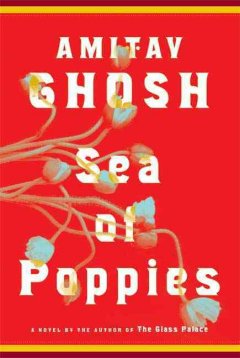 Sea of Poppies: This first book in Amitav Ghosh’s Ibis trilogy is set in 1838, primarily aboard the Ibis, a ship owned by a wealthy and powerful opium merchant, and transporting Indian girmitiyas (indentured workers) to Mauritius. Ghosh takes exquisite care detailing the histories of the Ibis’ human cargo, showing just how vast and diverse the British-controlled areas of south-east Asia were, particularly during the opium wars (fought between the British and the Chinese Imperial Navy over Britain’s illegal marketing of opium in China). The trilogy spins out as the Ibis makes it way through hurricanes and human drama to its destination, and Ghosh, who is a master of language and description, makes sure that readers feel each event, not only on their skin, but in their souls.
Sea of Poppies: This first book in Amitav Ghosh’s Ibis trilogy is set in 1838, primarily aboard the Ibis, a ship owned by a wealthy and powerful opium merchant, and transporting Indian girmitiyas (indentured workers) to Mauritius. Ghosh takes exquisite care detailing the histories of the Ibis’ human cargo, showing just how vast and diverse the British-controlled areas of south-east Asia were, particularly during the opium wars (fought between the British and the Chinese Imperial Navy over Britain’s illegal marketing of opium in China). The trilogy spins out as the Ibis makes it way through hurricanes and human drama to its destination, and Ghosh, who is a master of language and description, makes sure that readers feel each event, not only on their skin, but in their souls.
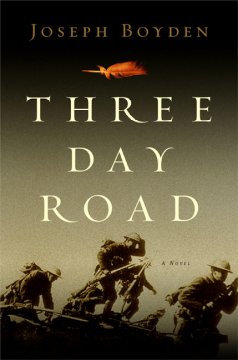 Three Day Road: Next (in terms of chronological setting) is Joseph Boyden’s stunning novel about two Cree soldiers fighting on the Western Front in the First World War. Boyden based his novel on the story of Francis Pegahmagabow, the most decorated First Nations soldier in the Canadian Army, and also Canada’s most effective sniper during World War One, as well as John Shiwak, an Inuk, who also served as a sniper, and who died at the Battle of Cambrai . But this story is about far more than military exploits. Boyden explores every aspect of Elijah’s and Xavier’s life, from their upbringing on a reservation, and the indescribable harm that mission schools wrought on Cree culture, to their war experiences, and the agony of returning home. As a result, not only do readers get a sense of these men’s incredible spirit, but of their own individual strength, honed through years of oppression and dedication to their families, even as the world around them keeps trying to pull them apart. This book is fairly unique within the cannon of First World War literature, as it gives voice to a group of native peoples who tales, until very recently, have largely been overlooked in traditional histories, but for all that, is wonderfully readable and wholly immersive.
Three Day Road: Next (in terms of chronological setting) is Joseph Boyden’s stunning novel about two Cree soldiers fighting on the Western Front in the First World War. Boyden based his novel on the story of Francis Pegahmagabow, the most decorated First Nations soldier in the Canadian Army, and also Canada’s most effective sniper during World War One, as well as John Shiwak, an Inuk, who also served as a sniper, and who died at the Battle of Cambrai . But this story is about far more than military exploits. Boyden explores every aspect of Elijah’s and Xavier’s life, from their upbringing on a reservation, and the indescribable harm that mission schools wrought on Cree culture, to their war experiences, and the agony of returning home. As a result, not only do readers get a sense of these men’s incredible spirit, but of their own individual strength, honed through years of oppression and dedication to their families, even as the world around them keeps trying to pull them apart. This book is fairly unique within the cannon of First World War literature, as it gives voice to a group of native peoples who tales, until very recently, have largely been overlooked in traditional histories, but for all that, is wonderfully readable and wholly immersive.
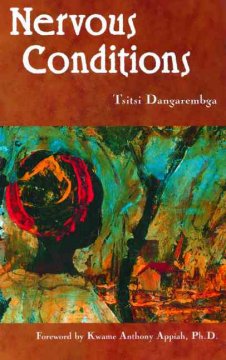 Nervous Conditions: Tsitsi Dangarembga’s debut novel, which was named twelfth in a list of “Africa’s Top 100 Books” (an interesting list, though it continues ignoring the individual countries that make up the continent of Africa) is a partially autobiographical tale of a young girl struggling to get an education. Tambu–the primary character of the novel–is a fierce and determined little girl, who sees, with painful clarity, not only the injustices in the world around her, caused by the racist ideology fostered by imperialism, but also in her family, as her older brother is sent off to an elite boarding school while she is forced to remain at home. Everything changes, however, when her brother dies, giving Tambu the chance to go to school. This is a book that works on a number of levels; as a coming of age story, it is wonderfully moving, and immediately engaging. As a novel of colonialism, Dangarembga doesn’t back down from confronting the system that has limited her people and culture so forcefully. As a memoir, it is very sensitive to its characters, their traditions, and the motivations that drive them to act as they do, making the final, gut-wrenching scene that much more powerful.
Nervous Conditions: Tsitsi Dangarembga’s debut novel, which was named twelfth in a list of “Africa’s Top 100 Books” (an interesting list, though it continues ignoring the individual countries that make up the continent of Africa) is a partially autobiographical tale of a young girl struggling to get an education. Tambu–the primary character of the novel–is a fierce and determined little girl, who sees, with painful clarity, not only the injustices in the world around her, caused by the racist ideology fostered by imperialism, but also in her family, as her older brother is sent off to an elite boarding school while she is forced to remain at home. Everything changes, however, when her brother dies, giving Tambu the chance to go to school. This is a book that works on a number of levels; as a coming of age story, it is wonderfully moving, and immediately engaging. As a novel of colonialism, Dangarembga doesn’t back down from confronting the system that has limited her people and culture so forcefully. As a memoir, it is very sensitive to its characters, their traditions, and the motivations that drive them to act as they do, making the final, gut-wrenching scene that much more powerful.
 The Wind that Shakes the Barley: So, this isn’t a book, I know. However, it’s been the favorite of my class to date this semester, so I couldn’t not include it on this list. This film, written and directed by Ken Loach, tells the story of the Irish War of Independence (1919-1921) and the Irish Civil War (1921-1923) through the eyes of the O’Donovan brothers and their comrades. Cillian Murphy plays Damien, the idealistic younger brother, whose life-long goal of being a doctor is utterly derailed when he sees firsthand the violence of the British on the people of his hometown. This is a challenging, brutal, and surprisingly human film that really gets to the deeply personal motives behind the Irish independence movement, and the effects of that struggle on those who fought it on both sides.
The Wind that Shakes the Barley: So, this isn’t a book, I know. However, it’s been the favorite of my class to date this semester, so I couldn’t not include it on this list. This film, written and directed by Ken Loach, tells the story of the Irish War of Independence (1919-1921) and the Irish Civil War (1921-1923) through the eyes of the O’Donovan brothers and their comrades. Cillian Murphy plays Damien, the idealistic younger brother, whose life-long goal of being a doctor is utterly derailed when he sees firsthand the violence of the British on the people of his hometown. This is a challenging, brutal, and surprisingly human film that really gets to the deeply personal motives behind the Irish independence movement, and the effects of that struggle on those who fought it on both sides.
So, enjoy, felling Wanderers–and safe travels!


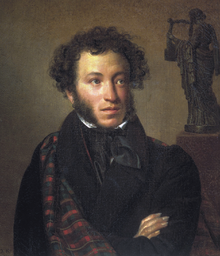

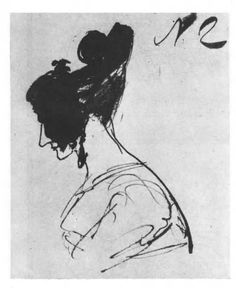
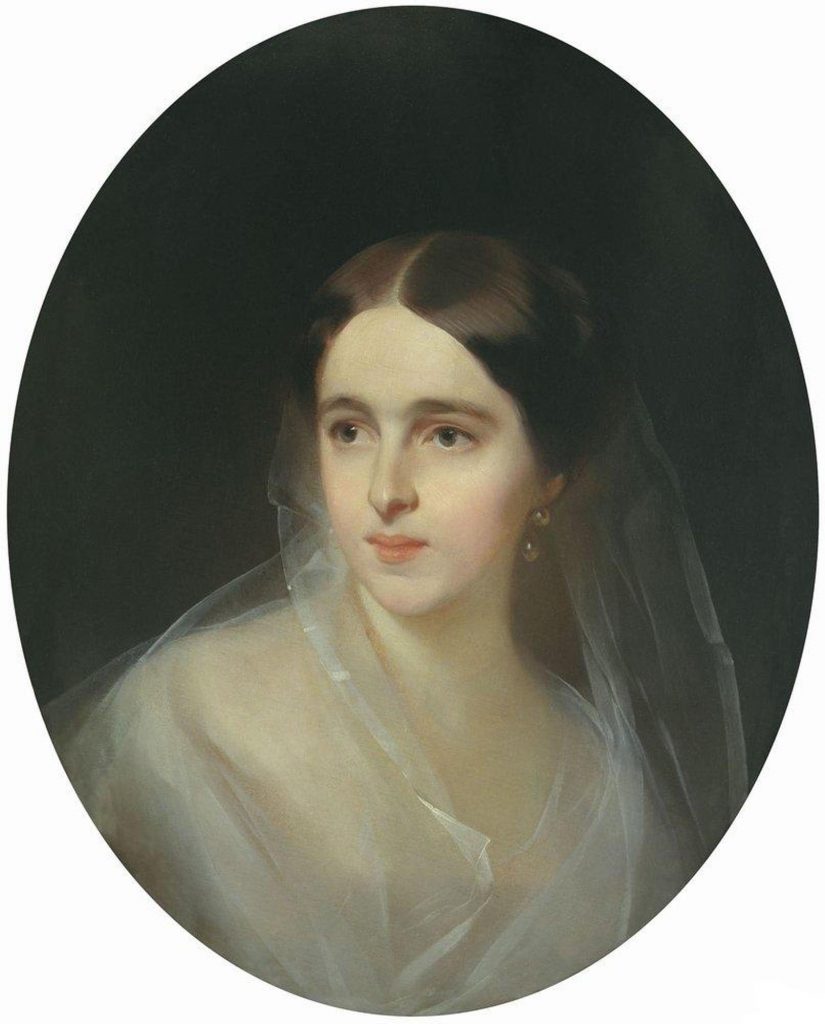

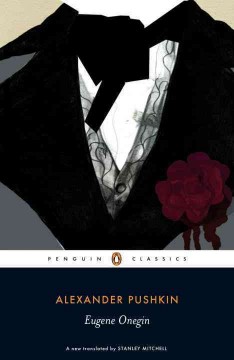
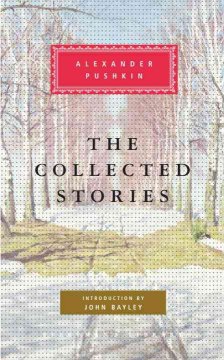
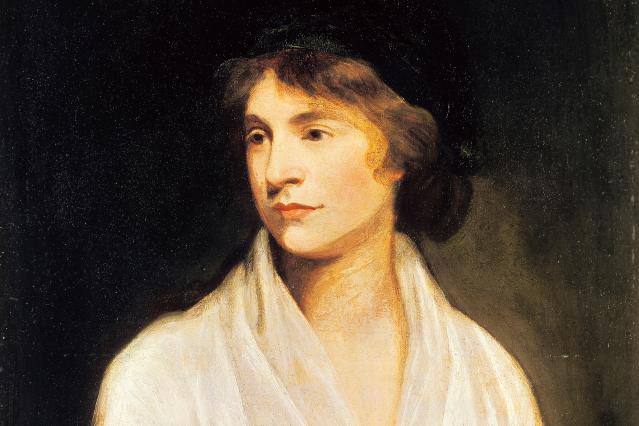


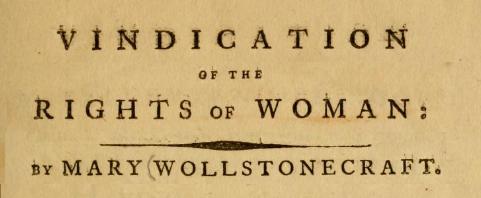
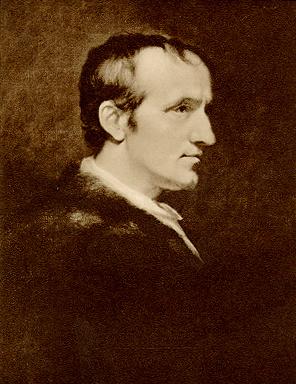
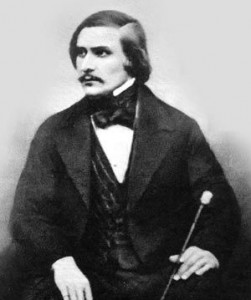
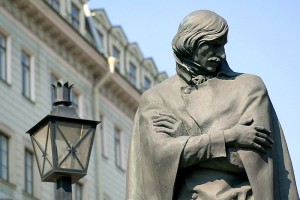
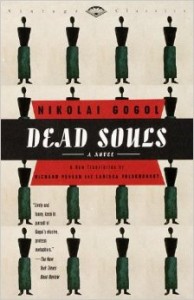

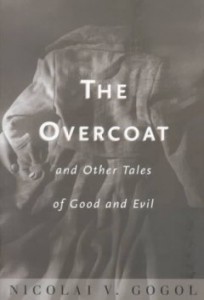
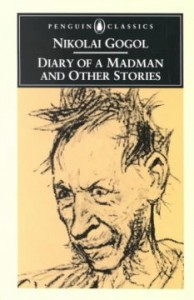

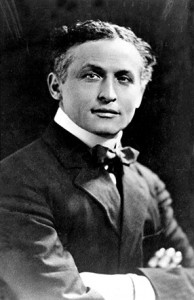
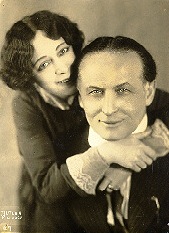
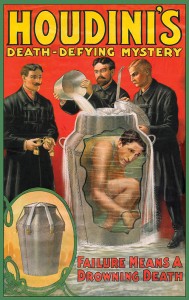
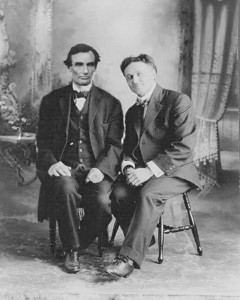
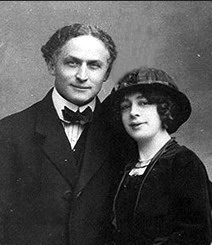
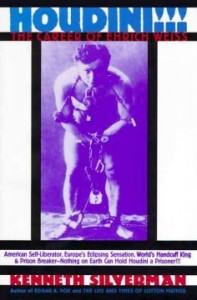
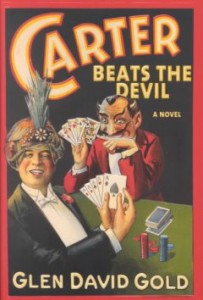

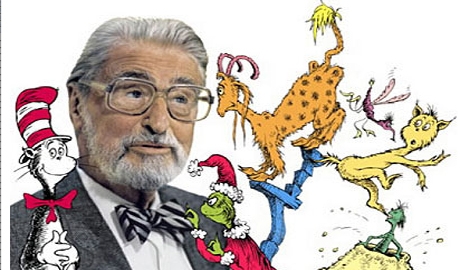 Those of you who frequent our Children’s Room will have seen the above-the-stacks display of Dr. Seuss books, featuring everything from
Those of you who frequent our Children’s Room will have seen the above-the-stacks display of Dr. Seuss books, featuring everything from 